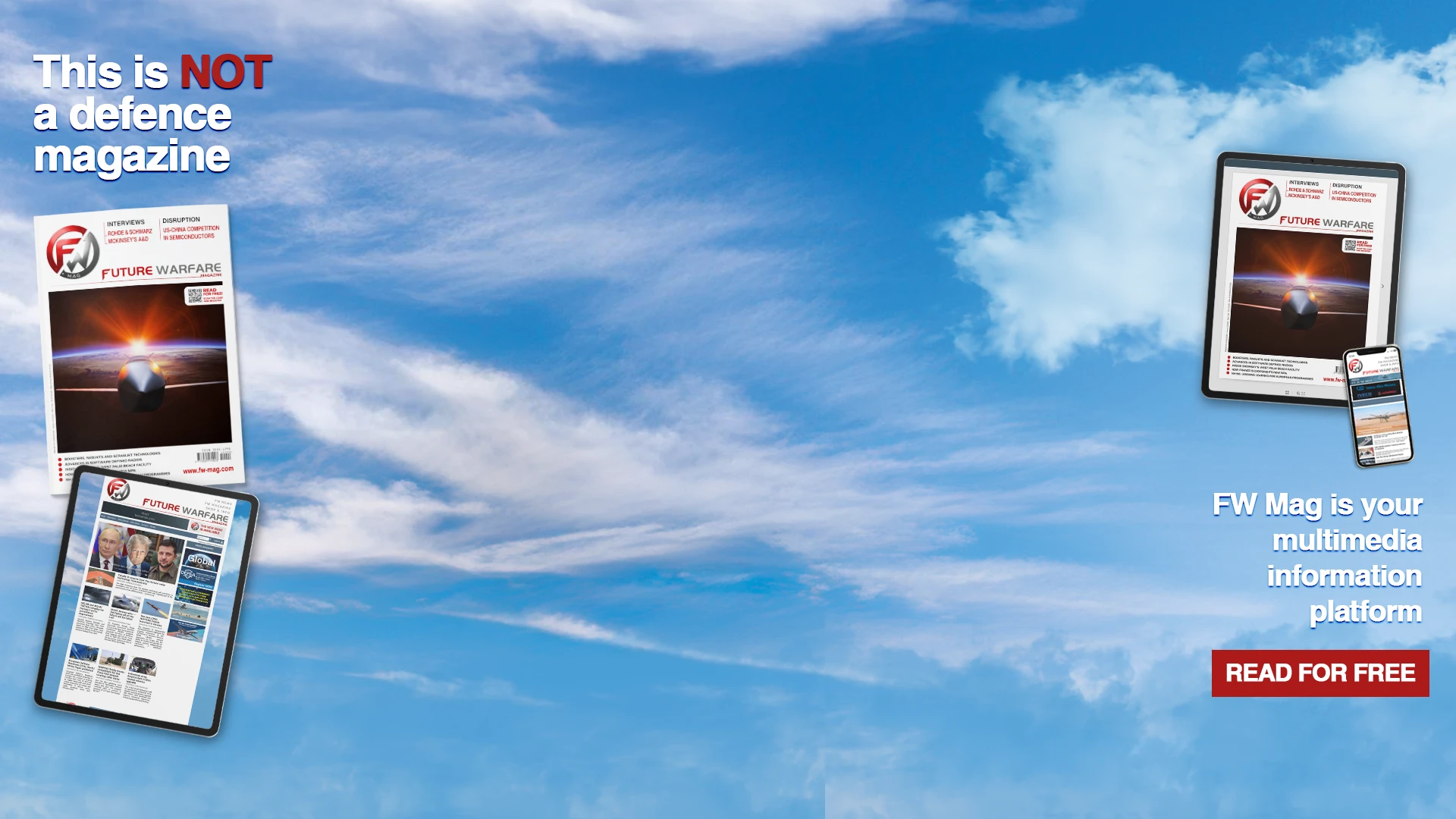.jpg)
The two major programmes for the modernisation of the Italian Army – and three if we include the programme for the new 155 mm self-propelled howitzer – represent an enormous undertaking for Italy.
These programmes have a potential total value of over 25 billion euros (about 12 billion already allocated), of which 60% will remain in Italy with Leonardo, IDV, Rheinmetall Italia and a plethora of suppliers. The theme of suppliers and supply is not often discussed or ‘hang around’ - since the theme that certainly attracts more attention is that of the technological innovation that these large programmes bring with them - but it is very important due to its implications.
The point is that programmes of this size must be sustainable in the medium to long term, i.e. a vehicles/systems must be usable, guaranteeing the fulfilment of the tasks for which they were designed throughout their entire life cycle, in increasingly contested and conventional scenarios. This inevitably opens the door to a deep reflection also, if not above all, regarding the supply chain.
The order of magnitude of the aforementioned programmes, in fact, requires a supply chain that is very robust and rooted in the national industrial base, therefore as shielded as possible from geopolitical shocks, and that is capable of supplying the prime contractor both with the requested part or component, in the required time and with the available budget, as well as the supply of basic materials (and in some cases it should also make its contribution in terms of innovation). After 30 years of under-investment in the land sector, this supply chain must be re/created. It is certainly true that certain skills have already been reactivated and certain production lines restarted, thanks to the modernisation programme of ARIETE MBT, but it is clear that to guarantee the sustainability of IMBT and AICS, this is not enough and Italy needs to go further and do even more. For example, it is necessary to qualify new suppliers, shortening the relative time frames and reducing bureaucratic complexities (which involve the onerous production of ‘tonnes’ of paper).
But first, it is necessary to find them by carrying out a careful survey of the national production network. This would reveal some very interesting businesses. Take, for example, Craver from Turin, just to mention one name, a company specialising in machining, non-destructive testing and laser cutting, non-ferrous metal casting, metal and plastic moulding, rubber vulcanisation, and the production of components and complete braking systems for commercial and industrial vehicles. All these skills have been dispersed over the years, following the myriad streams of globalisation, but they are critical to guaranteeing the solidity and foundation of a national and sovereign supply chain. These skills are critical both for new programmes and, above all, for programmes to maintain and extend the operational life of vehicles and systems currently in service. This survey should also focus on the automotive industry which, on the wave of exponential growth in defence investments and ‘ReArm Europe’, should be reconverted to military production (mechanical processing, engines and transmission components, materials, etc.) - as suggested on FW 1-2025.
The same goes for the production of drones. Today, in Italy, alongside excellent SMEs (from SkyEye Systems, to Siralab, and Alpi Aviation), thereare a myriad of small and very small companies specialising in the production of different types of drones for civil and commercial applications.
The Italian Army, above all, but also the other Armed Forces, need to be profoundly ‘dronised’ and therefore an all-out effort is needed. In this case too, we need to work on incentives, on streamlining certification procedures, while at the same time immediately reviewing the infamous 25 kg limit – to operate drones weighing more than this threshold you need to be a pilot – thus broadening the circle of drone operators, perhaps even resorting to civilian contractors.
And then there is the big issue of the circular economy (which also fits into the well-known criticality of the supply times of raw materials and semi-finished products). It is clear that IMBT and AICS will have to be integrated, according to the multi-domain logic and the concept of a system of systems, with the so-called legacy systems and means, which should operate on the battlefield as ‘companions’ of the new generation means, guaranteeing their support in terms of logistics, firepower, ISR, etc. It is therefore necessary to ensure the maintenance and sustainability of legacy equipment (in times of long-lasting conventional wars, nothing is thrown away), also resorting to innovative tools such as guaranteed component regeneration.
Therefore, through collaboration between industry and armed forces, a circularity model needs to be structured – component recovery, re/processing/revitalisation, testing and guaranteed hours – capable of offering savings and new life to vehicles.








